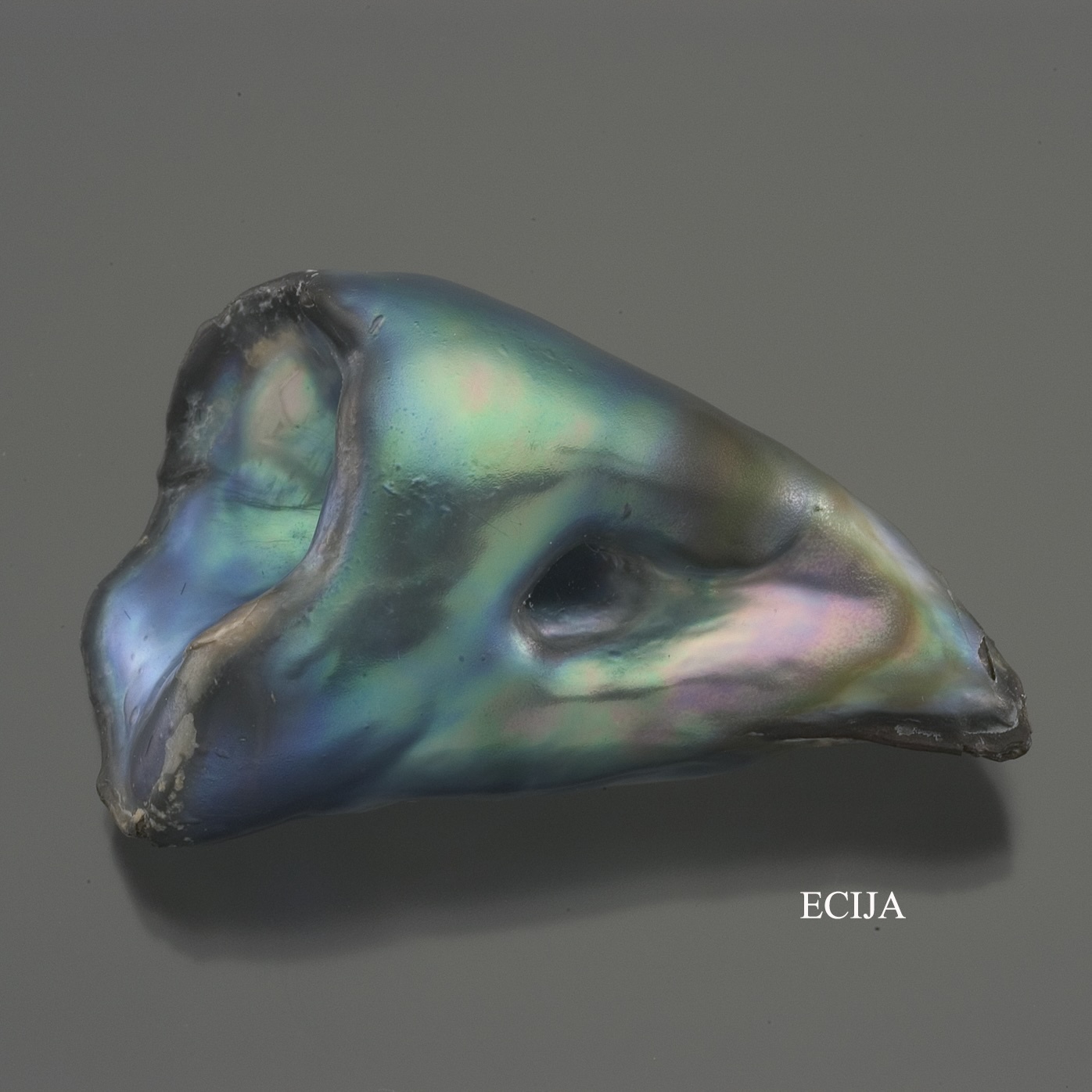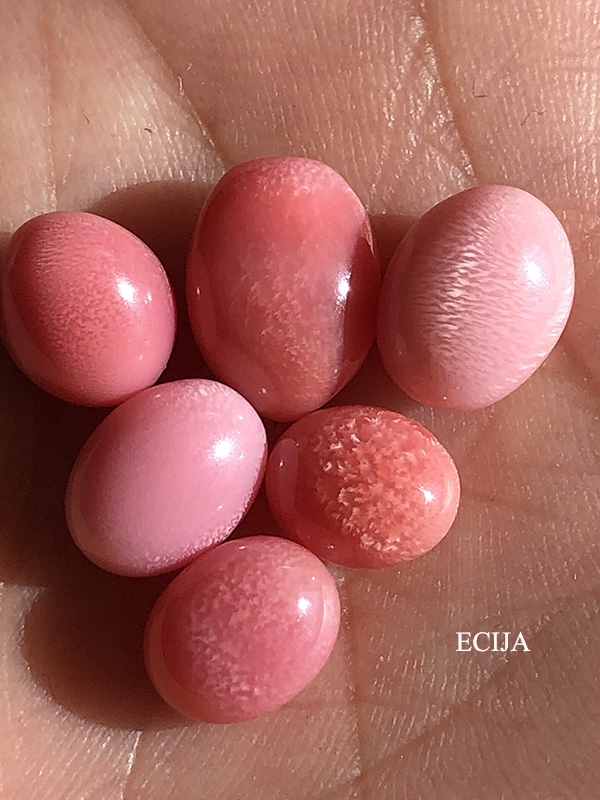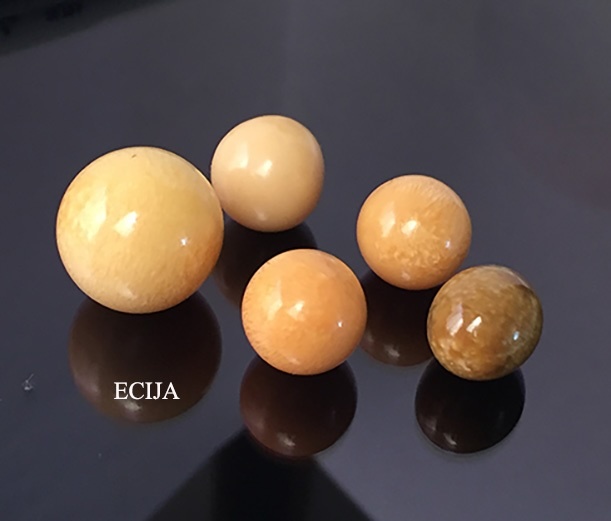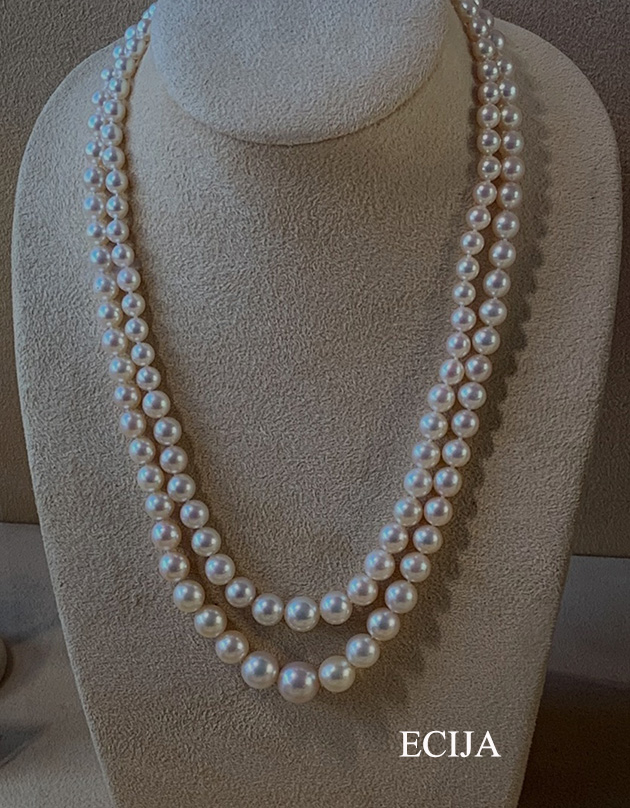Natural Pearls

Abalone Pearls
Abalone pearls are among the most colorful of all natural pearls, produced by marine gastropods of the genus Haliotis, found in rocky coastal waters worldwide. Although abalone are relatively common, pearl formation is extremely rare, typically triggered by irritants that the mollusk encases in nacre. Owing to the animal’s anatomy, abalone pearls are usually baroque—often horn- or tooth-shaped—though some can reach extraordinary sizes exceeding five inches. Their value is determined by color, luster, shape, and size, with the most desirable specimens displaying vivid iridescence, mirror-like surfaces, symmetry, and sizes above 15 mm. Statistically, it is estimated that one pearl forms for every 100,000 abalone harvested. Known for their incredible rainbow hues they’re a striking highlight for collectors.

Conch Pearls
Conch pearls are rare non-nacreous gems formed by the Queen Conch (Aliger gigas, formerly Strombus/Lobatus gigas). Unlike nacreous pearls, they display a porcelaneous luster with a distinctive flame structure.
They are exceptionally rare—only one conch in roughly 10,000 may produce a pearl, and extraordinary specimens over 10 carats with strong flame pattern are far rarer. Colors range from white and beige to orange, pink, and red, with pink specimens the most common and red the most coveted. Pearls with visible flame and symmetry are especially prized—matched sets are extremely rare, making Conch pearls one of the world’s most collectible natural gems.

Melo Pearls
Melo pearls are rare non-nacreous pearls produced by large marine gastropods of the genus Melo (notably Melo melo). Found in the coastal waters of Vietnam, Myanmar, and parts of Southeast Asia, these pearls can grow to extraordinary sizes—the largest recorded is almost 400 carats!
Melo pearls display a smooth porcelaneous surface with colors ranging from papaya orange to yellow, beige, and white. The finest specimens exhibit a striking flame-like pattern, similar to Conch pearls, but in vivid orange tones. Due to their scarcity and size, high-quality Melo pearls are considered among the most magnificent and collectible of all natural pearls.

Natural Oyster Pearls
Oyster pearls are the most iconic of all pearls, long synonymous with beauty and value. They are produced within marine bivalves of the family Pteriidae, including Pinctada and Pteria species. Before the advent of cultured pearls in the early 20th century, every pearl available was natural. Found in warm coastal waters worldwide, they occur with exceptional rarity—only about one in 10,000 wild oysters produces a fine natural pearl, and only a small fraction of these are perfectly round. Exceptional strands of natural pearls may take decades to assemble, underscoring their prestige and timeless allure.